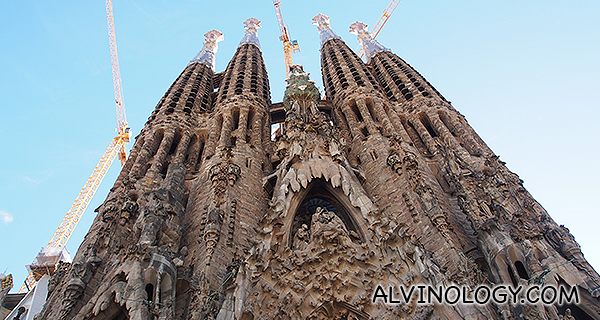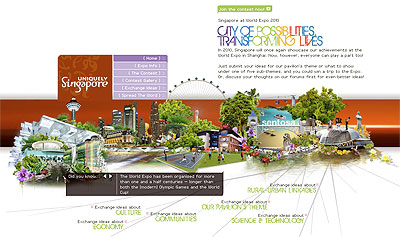
In Barcelona, it is hard not to be captivated by one of the unique buildings designed by Spanish Catalan architect Gaudi.
Antoni Gaudí i Cornet (25 June 1852 – 10 June 1926) is from Reus and the best known practitioner of Catalan Modernism. Gaudí’s works are very distinctive and hard to miss. They remind me of scenes seen in video games like the popular RPG series, Final Fantasy.
Most of his works are located in Barcelona, including the grandest, which is Basílica i Temple Expiatori de la Sagrada Família (or Sagrada Família in short). I managed to visit Gaudi’s Sagrada Familia and Park Guell, during my trip to Barcelona with Qatar Airways earlier this year.
Gaudí’s work was influenced by his passions in life: architecture, nature, and religion. Gaudí considered every detail of his creations and integrated into his architecture such crafts as ceramics, stained glass, wrought ironwork forging and carpentry.
Under the influence of neo-Gothic art and Oriental techniques, Gaudí became part of the Modernista movement which was reaching its peak in the late 19th and early 20th centuries. His work transcended mainstream Modernisme, culminating in an organic style inspired by natural forms. Gaudí rarely drew detailed plans of his works, instead preferring to create them as three-dimensional scale models and molding the details as he conceived them.
Gaudí’s work enjoys global popularity and continuing admiration and study by architects. Between 1984 and 2005, seven of his works were declared World Heritage Sites by UNESCO. Gaudí’s Roman Catholic faith intensified during his life and religious images appear in many of his works. This earned him the nickname “God’s Architect” and led to calls for his beatification.
Our tour guide for the trip told us that every time he visits Sagrada Família, it looks a little different as it is still under construction. The stunning uniqueness and complexity of the buildings draw many visitors from around the world and it continues to be the most-visited monument in Spain.
On 7 November 2010, the church of La Sagrada Familia was solemnly dedicated and declared a basilica by the Holy Father Benedict XVI and became a holy place open for worship.
In 1882, the foundation stone of a project conceived by Francisco de Paula del Villar, the first architect of the church, was laid. A year and a half later, Gaudi took over the work and turned the initial project around to create, over forty-three years, an outstanding, innovatory church which is still being built today according to his models.
Now that the naves have been closed, the church consists of 4,500 square metres where 8,000 people can worship. The construction is past the halfway stage and is ready to raise the four towers dedicated to the evangelists, the tower dedicated to the Virgin Mary and the highest, erected at the centre of the crossing, which will recall the figure of Jesus, the four bell towers on the Glory facade.
Check out some of the pictures I took at Sagrada Familia (bear in mind that it will look different again when you visit it):
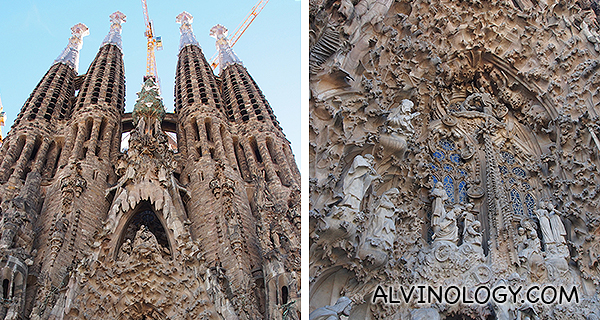
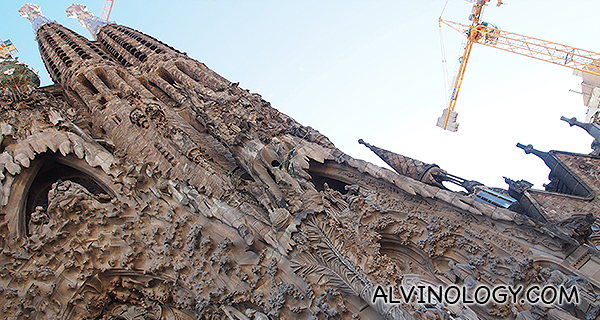
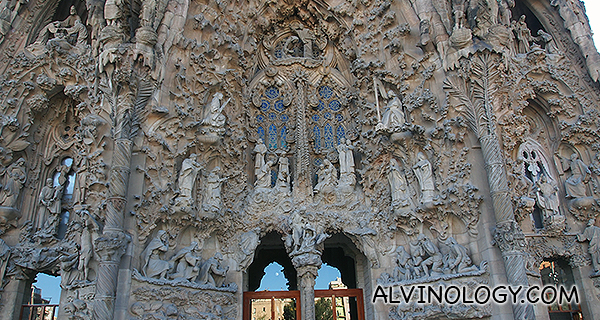
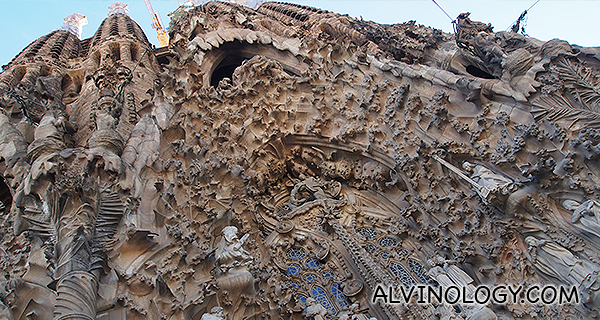
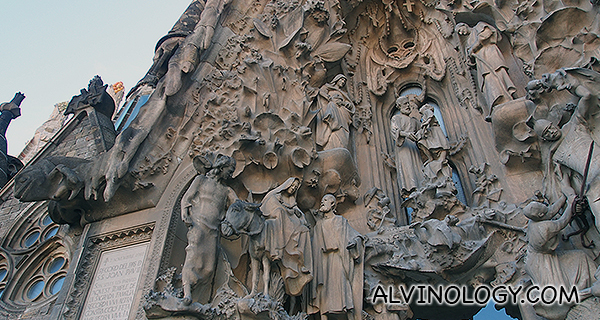
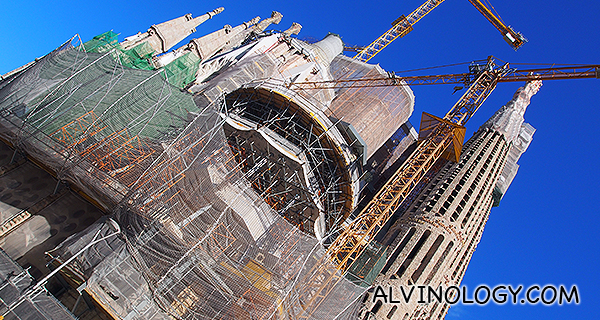
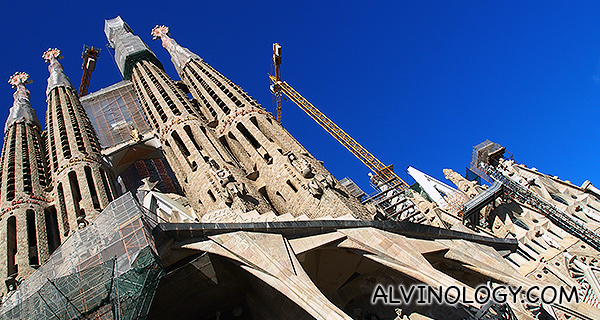
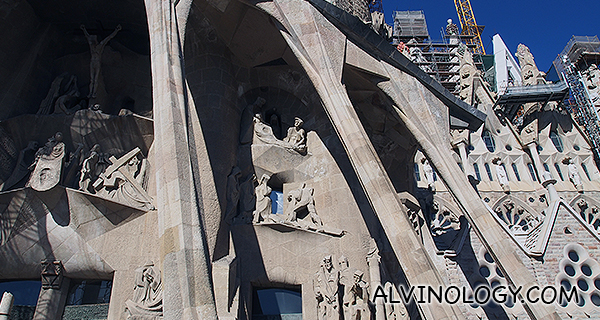
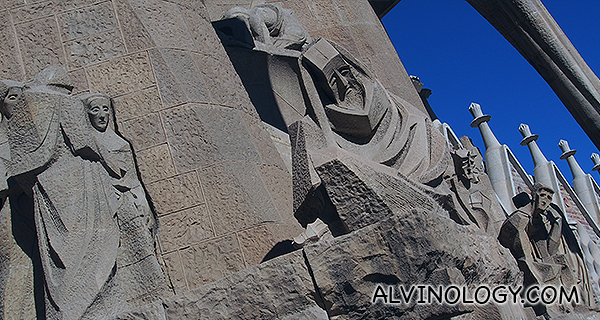
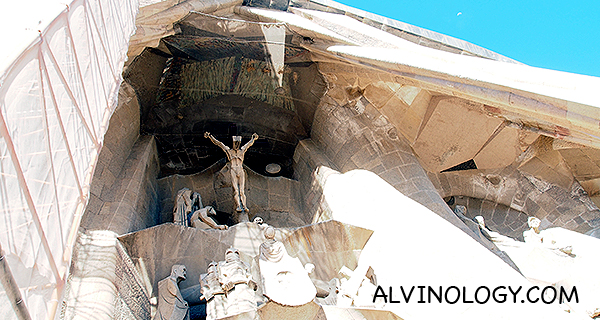

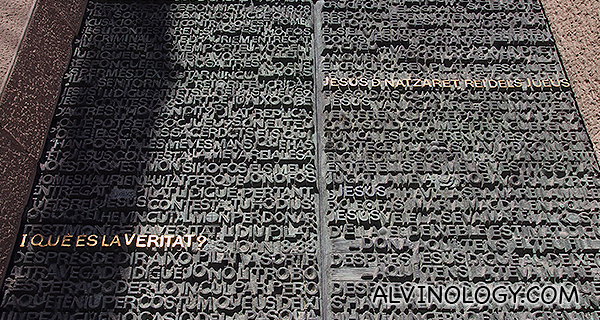
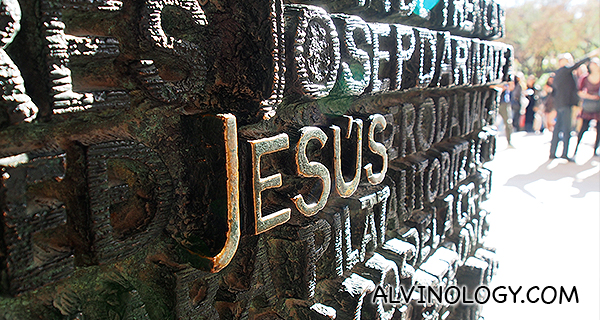

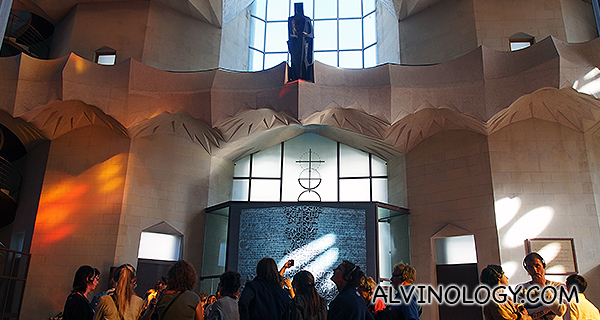
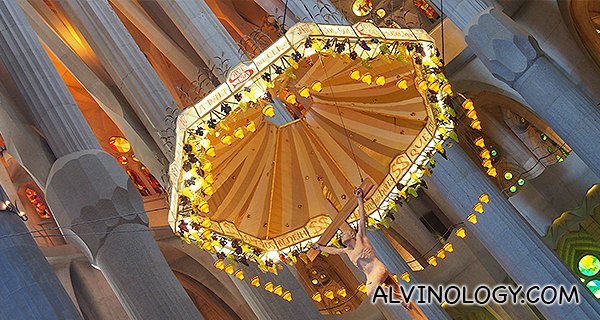
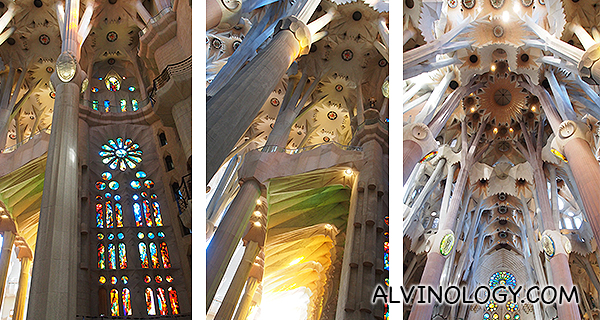
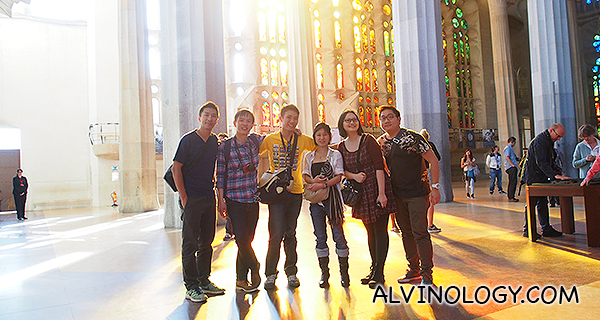
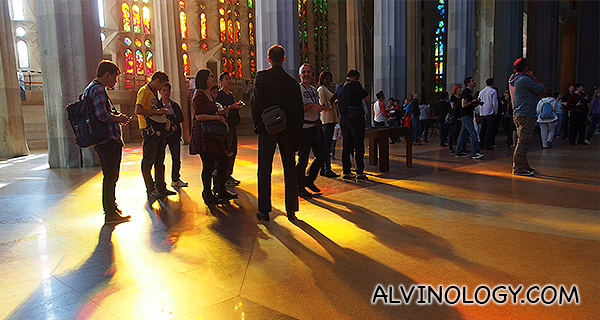
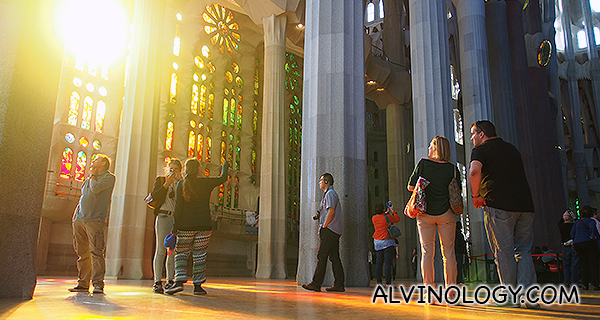
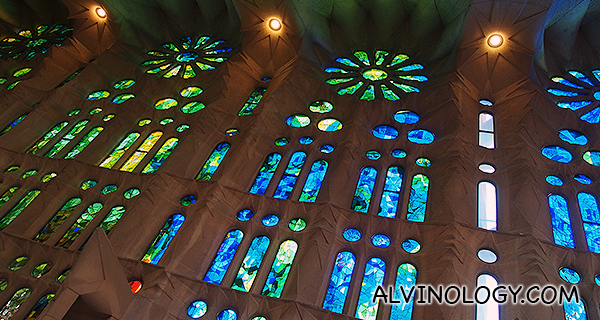
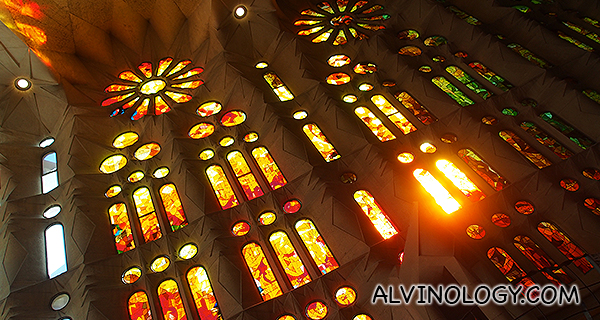
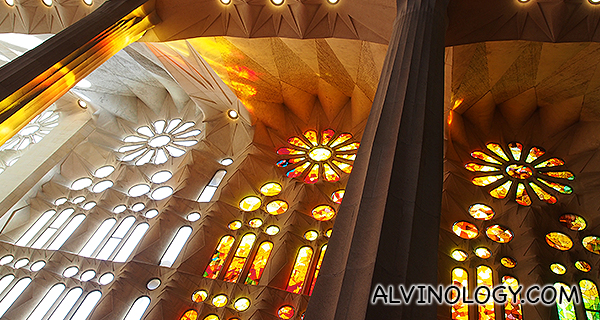
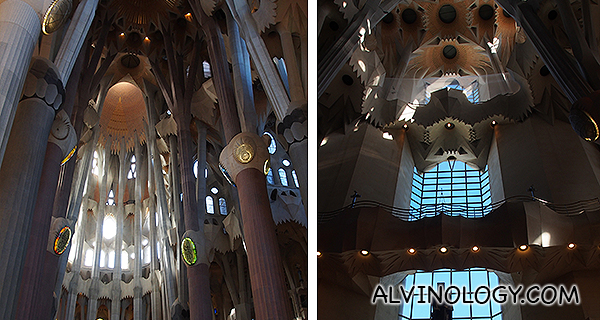
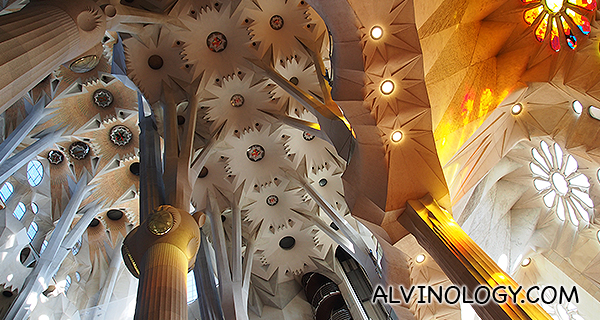
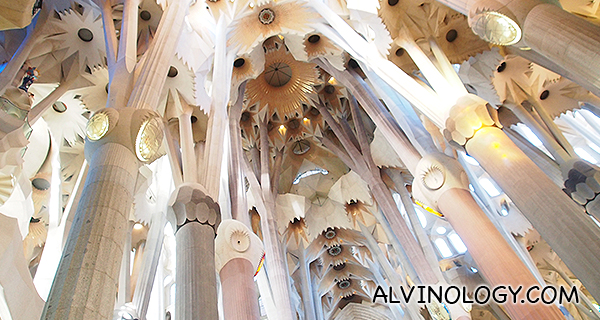
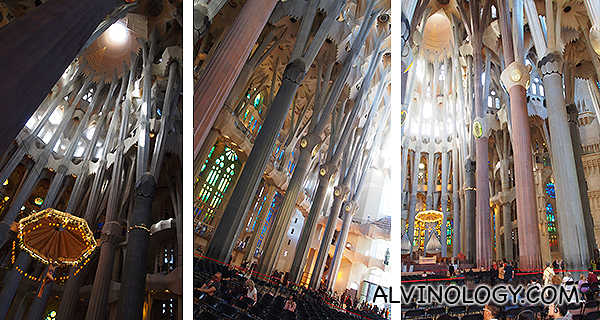
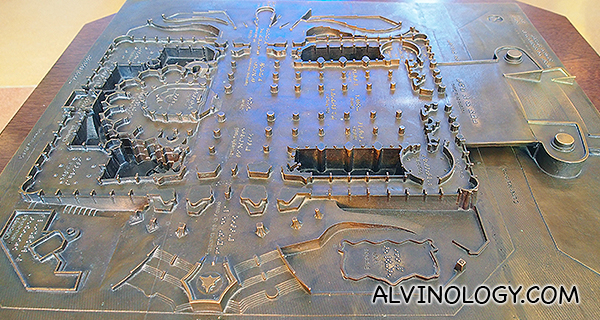
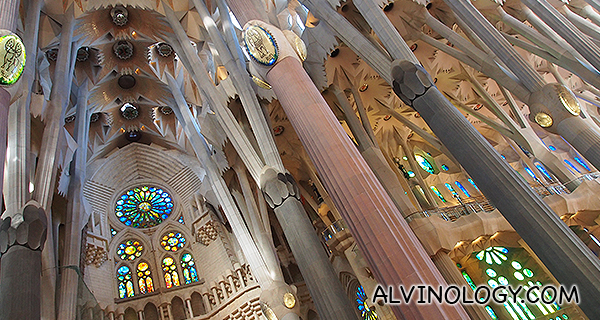
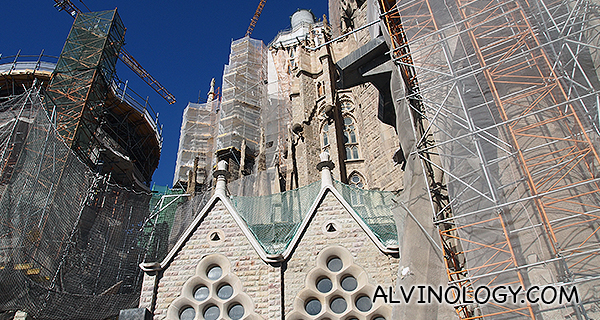
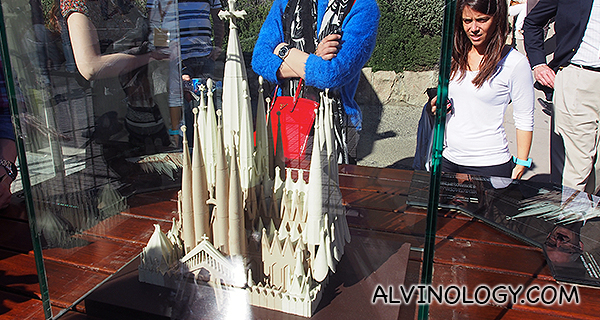
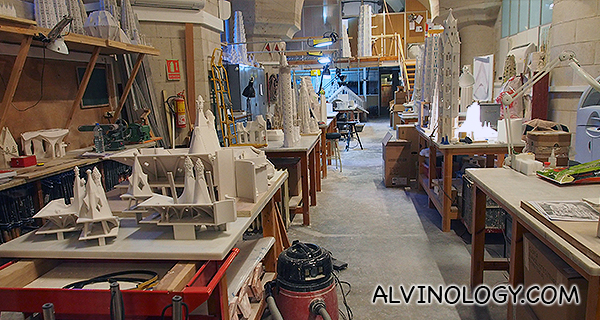

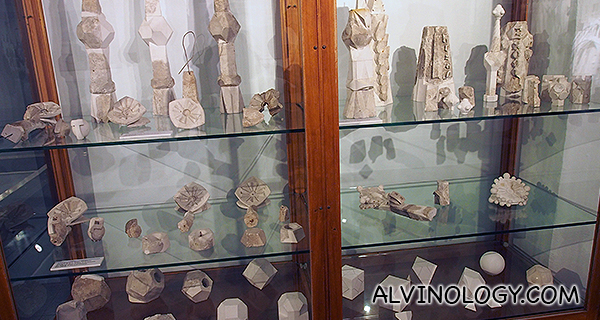
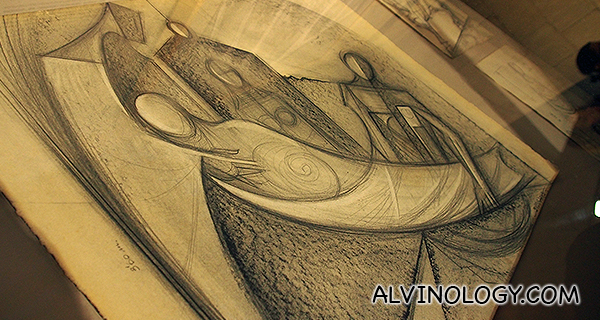
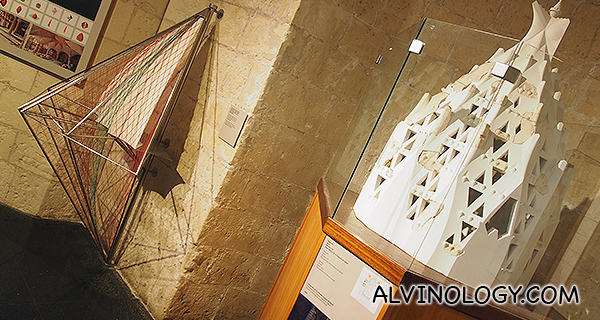
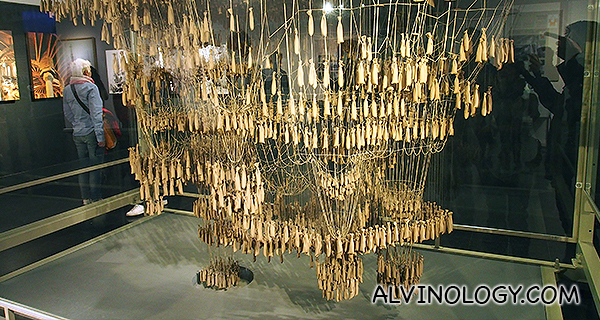
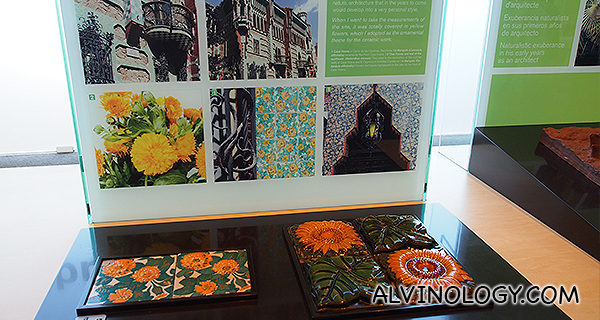
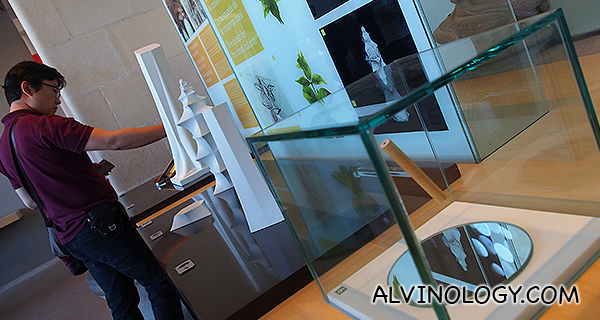
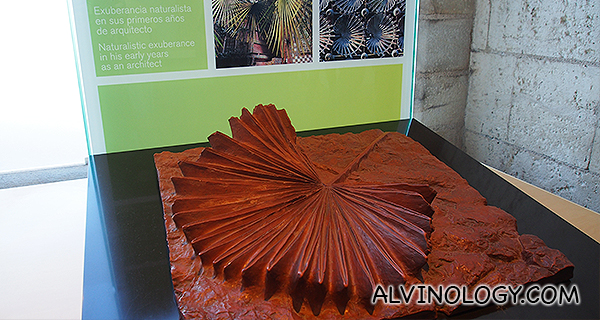
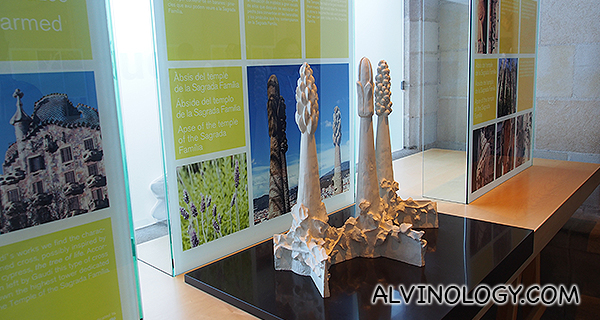
Park Guell has a more intimate and casual feel. Less of the holy, grand charm that Sagrada Familia exudes. Walking around in the park feels like a trip into a fantasy video game or Alice’s Wonderland:
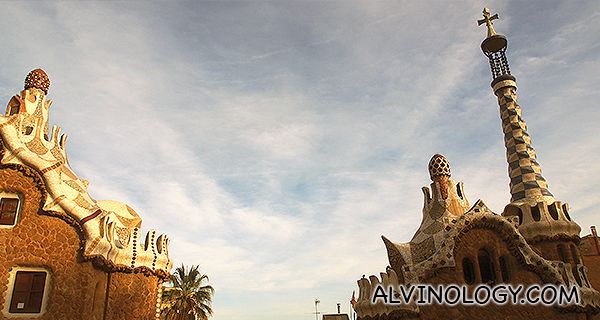
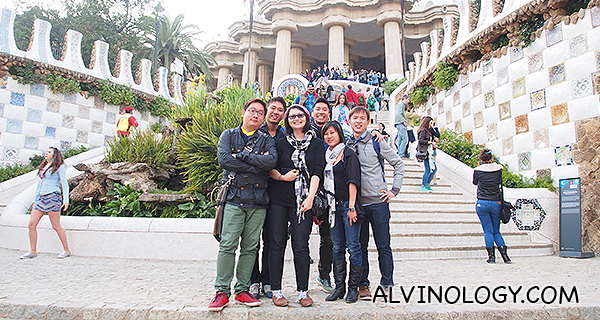
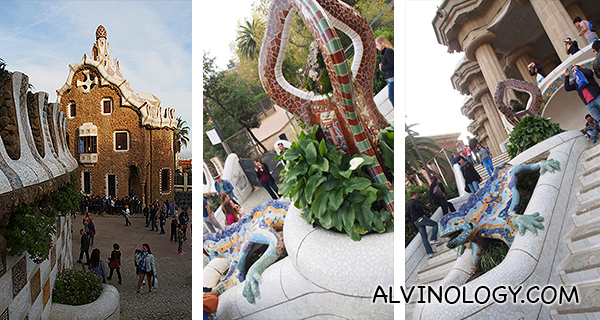

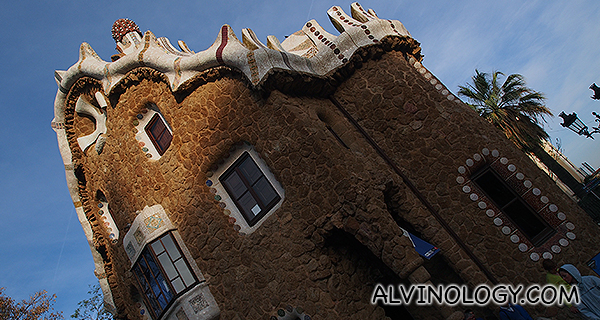
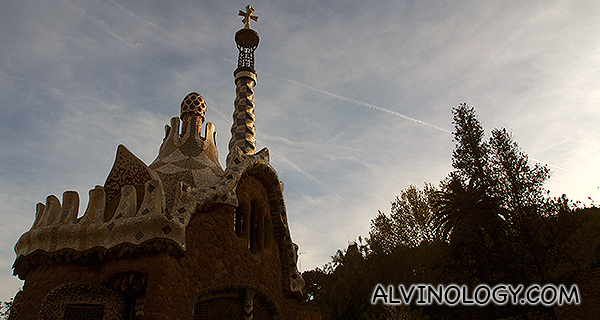
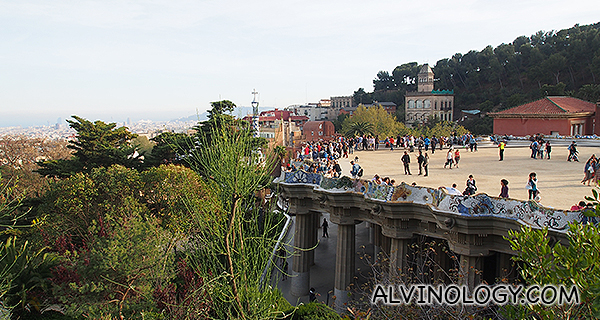
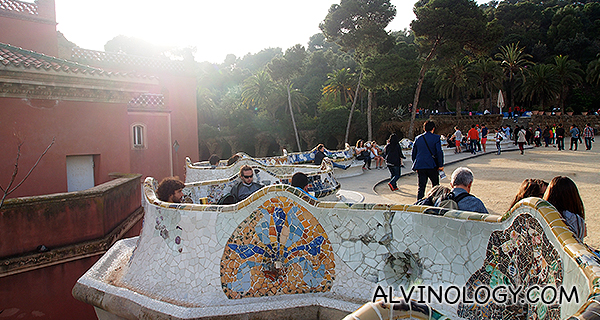
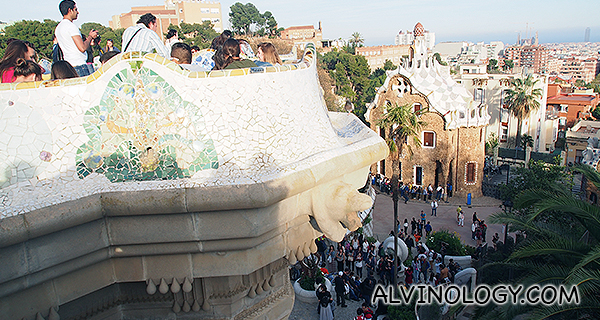
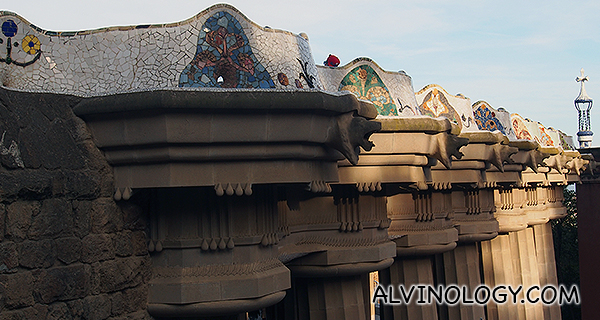
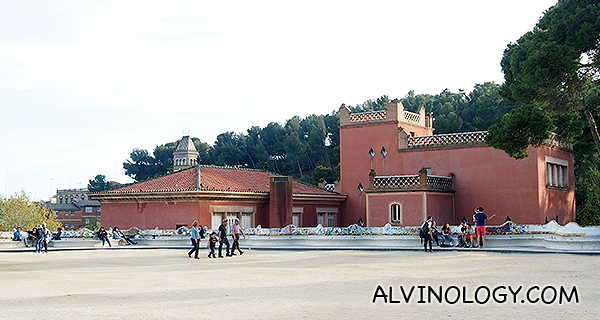
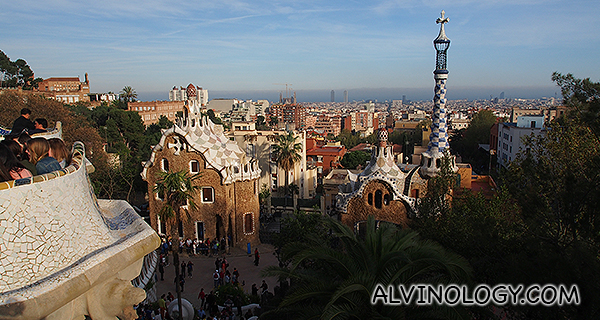
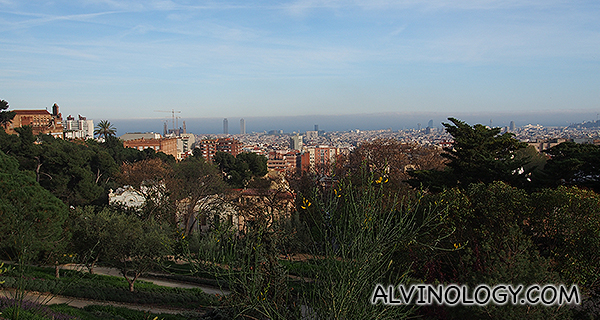
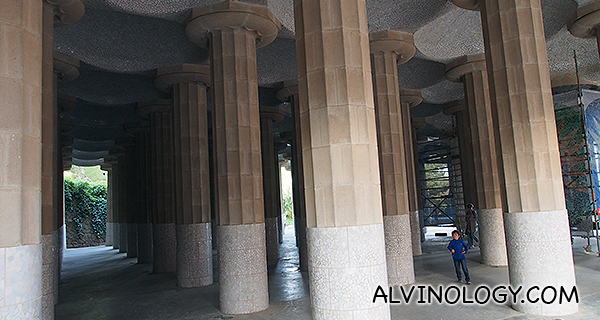

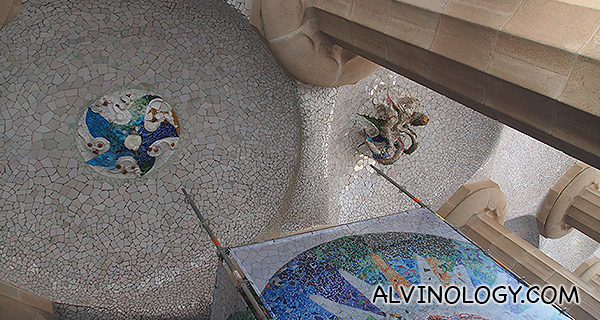
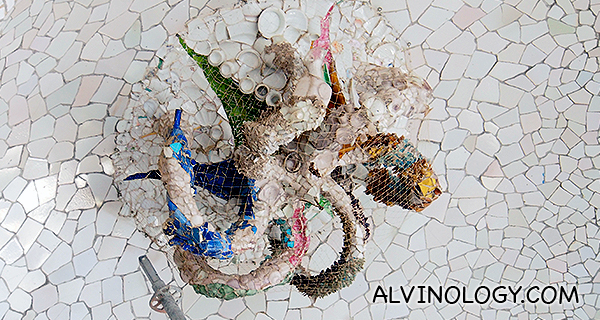
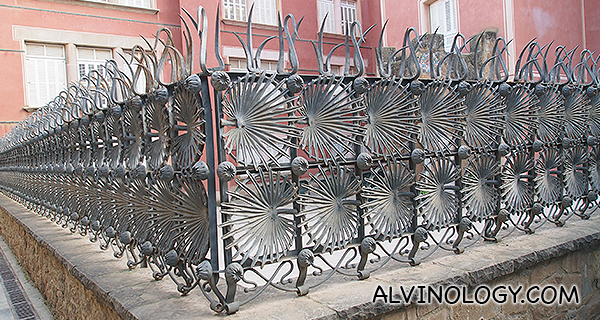
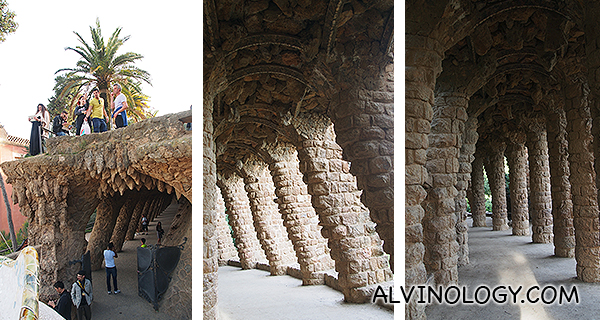

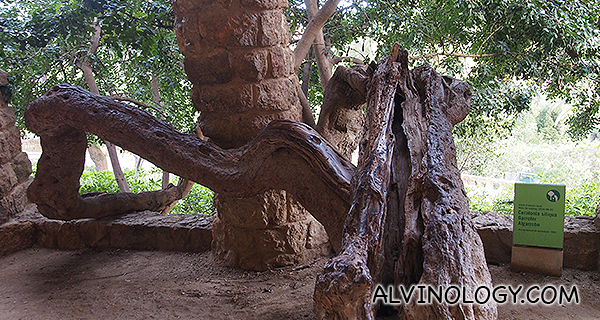
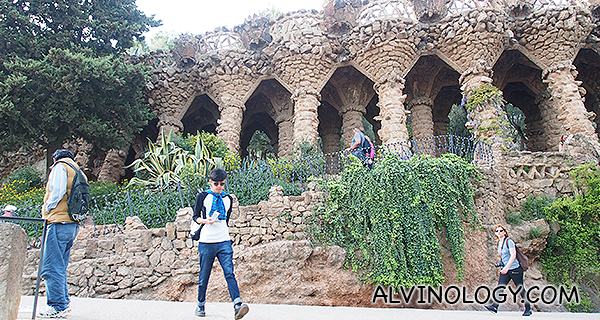
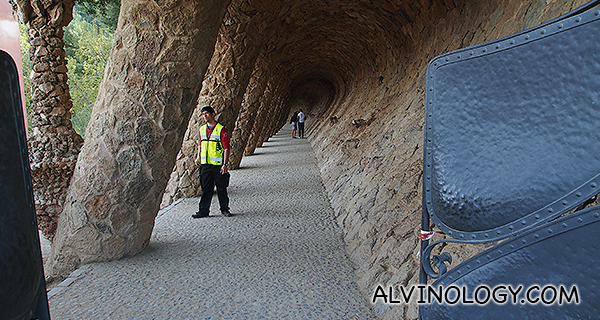
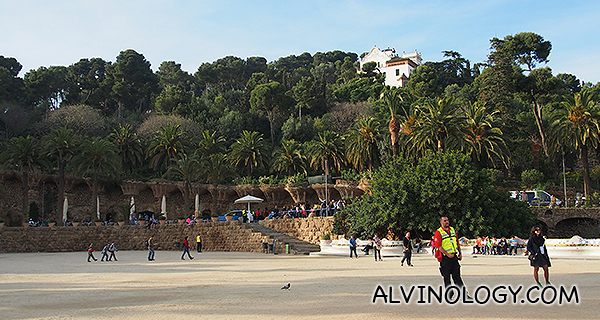
When construction of Park Guell began in 1900, Barcelona was a modern and cosmopolitan metropolis. Eusebi Güell i Bacigalupi, 1st Count of Güell (15 December 1846 – 8 July 1918) was a Catalan entrepreneur who profited greatly from the industrial revolution in Catalonia in the late 19th century. he entrusted to Gaudi, the plan to create an estate for well-off families in a large property that Guell had acquired in the zone, known popularly as the Muntanya Pelada (bare mountain). The property has an amazing location to this day – with splendid views over the sea and the Plain of Barcelona.
The relationship between Guell and Guadi was not simply one of artist and patron, but a true story of friendship. Gaudi undertook a profound urban-planning reflection in order to lend form to the whole, submerging himself in a strange process of artistic creation.
Guell chose to halt the work in 1914. Upone his death, his heirs offered the property to Barcelona City Council, which decided to acquire it in 1922 and then opened it as a public park four years later. The site was declared a Cultural Heritage of Humanity in 1984 by UNESCO and is a popular tourist destination.
In total, 14 basic works of Gaudi can be seen in Barcelona. These are:
- Streetlamps of the Placa Reial, 1988.
- Casa Vicens, 1883-88.
- Pavilions for the stables of the Finca Guell, 1884-87.
- Palau Guell, 1886-88.
- School of the Teresianes, 1888-89.
- Casa Calvet, 1898-99.
- Church of the Colonia Guell. Project started in 1898 and was continued in different stages until 1917.
- Casa Bellesguard, 1900-09.
- The Park Guell, 1900-14.
- Miralles Door, 1901-02.
- Casa Batllo, 1904-06.
- Casa Mila, 1906-12.
- Basilica of the Sagrada Familia, 1883-1926.
- Temporary schools for the children of the neighbourhood, next to the temple of Sagrada Familia, 1909.
I saw five of these and visited two. They were sufficient for me to fall in love with Guadi’s works. His iconic parabolic arches, spiral chimneys, curved walls and roofs are all geometrical shapes which we can find abundantly in his architecture designs and that come from natural structures like the bones of the animal kingdom and the branches of the trees of the plant kingdom. While the buildings may appear fantasy-like, they are inspirations from nature and represent what man and nature are capable of achieving, working hand-in-hand. Beautiful.



![[Giveaway Alert] KFC Singapore to Kick Off 2026 With 4 New Asian-Inspired Sauces, including Mala and White Curry [Giveaway Alert] KFC Singapore to Kick Off 2026 With 4 New Asian-Inspired Sauces, including Mala and White Curry - Alvinology](https://media.alvinology.com/uploads/2025/12/WhatsApp-Image-2025-12-21-at-2.58.02-PM-2-110x110.jpeg)


